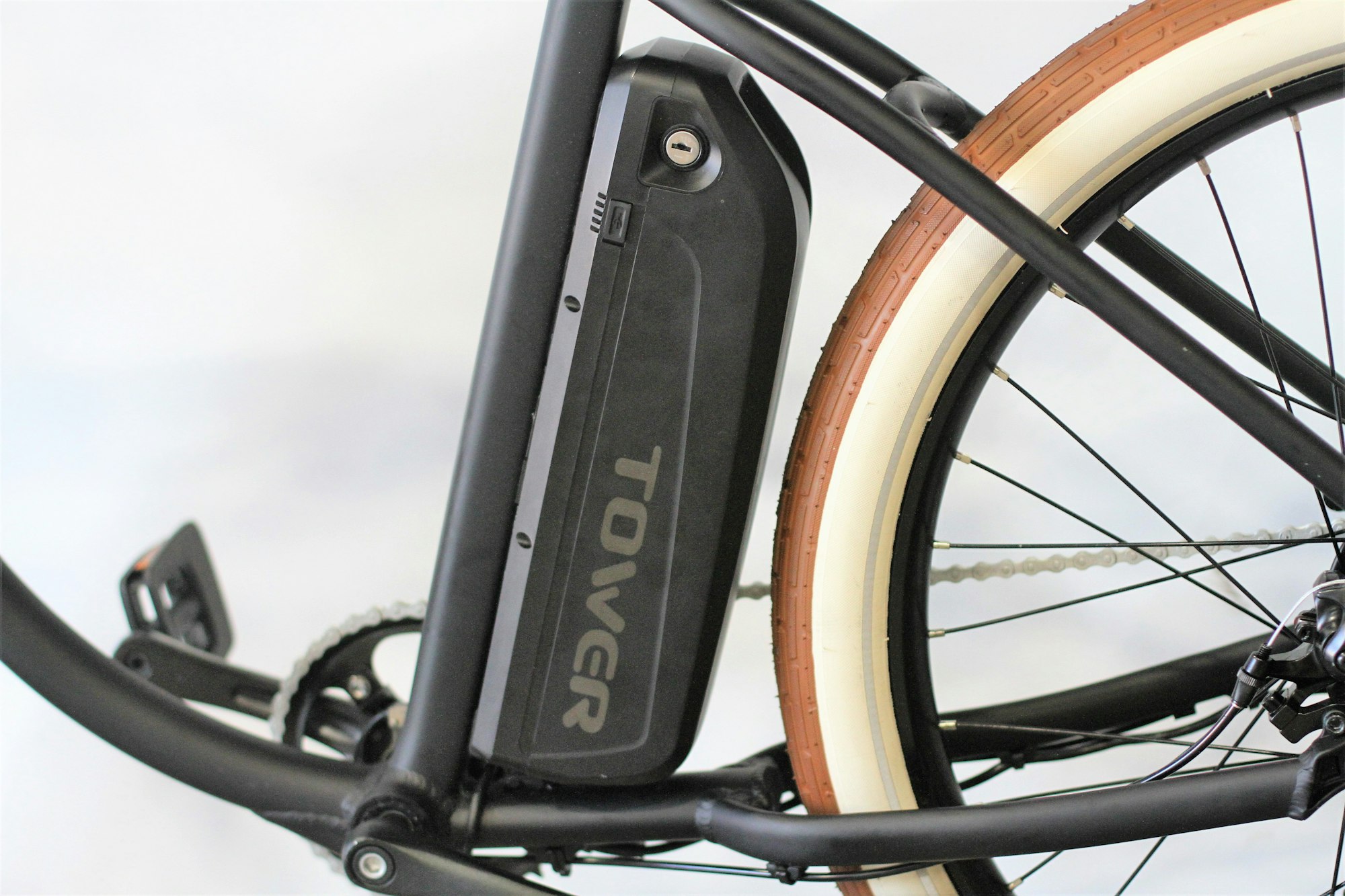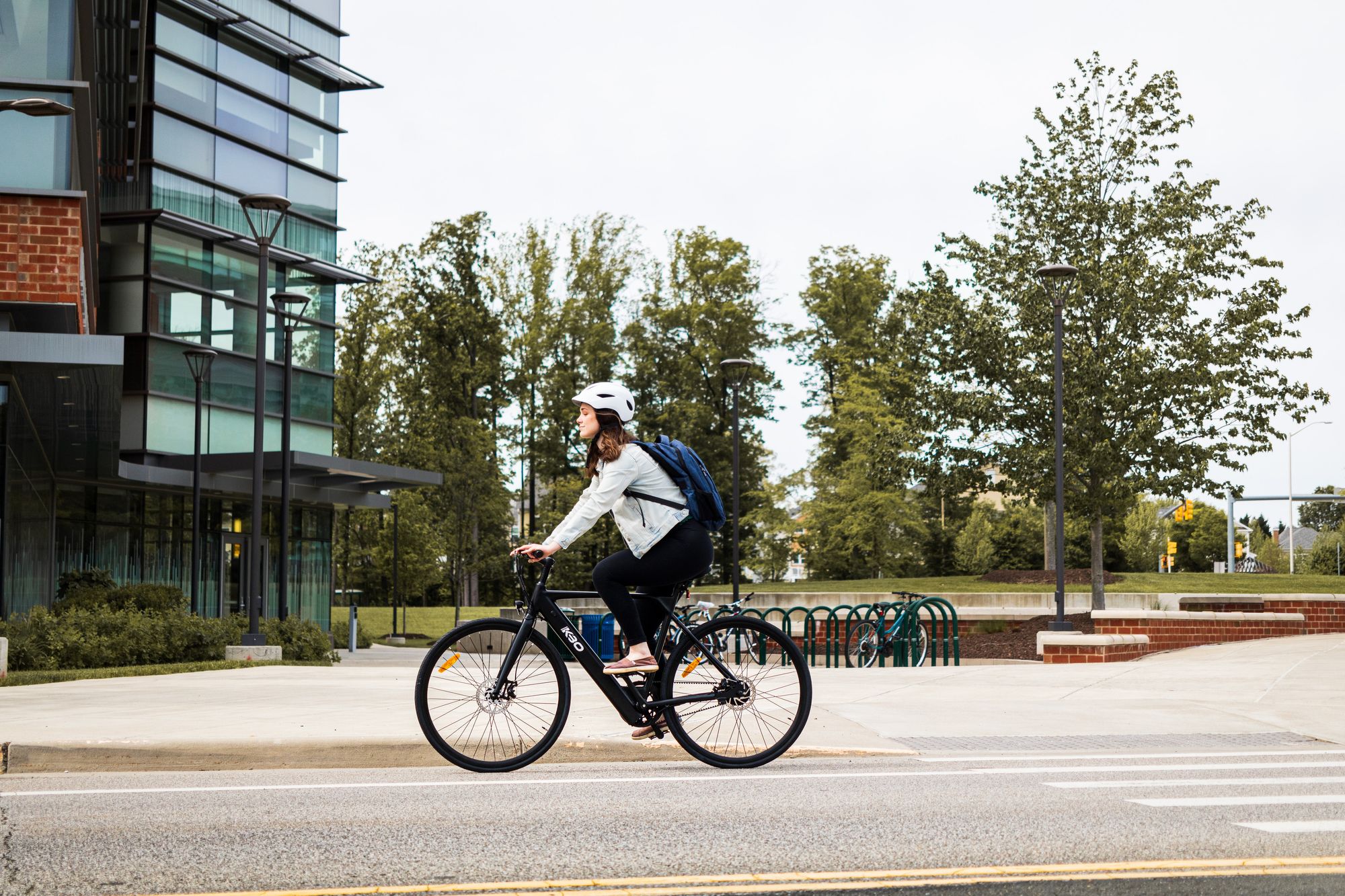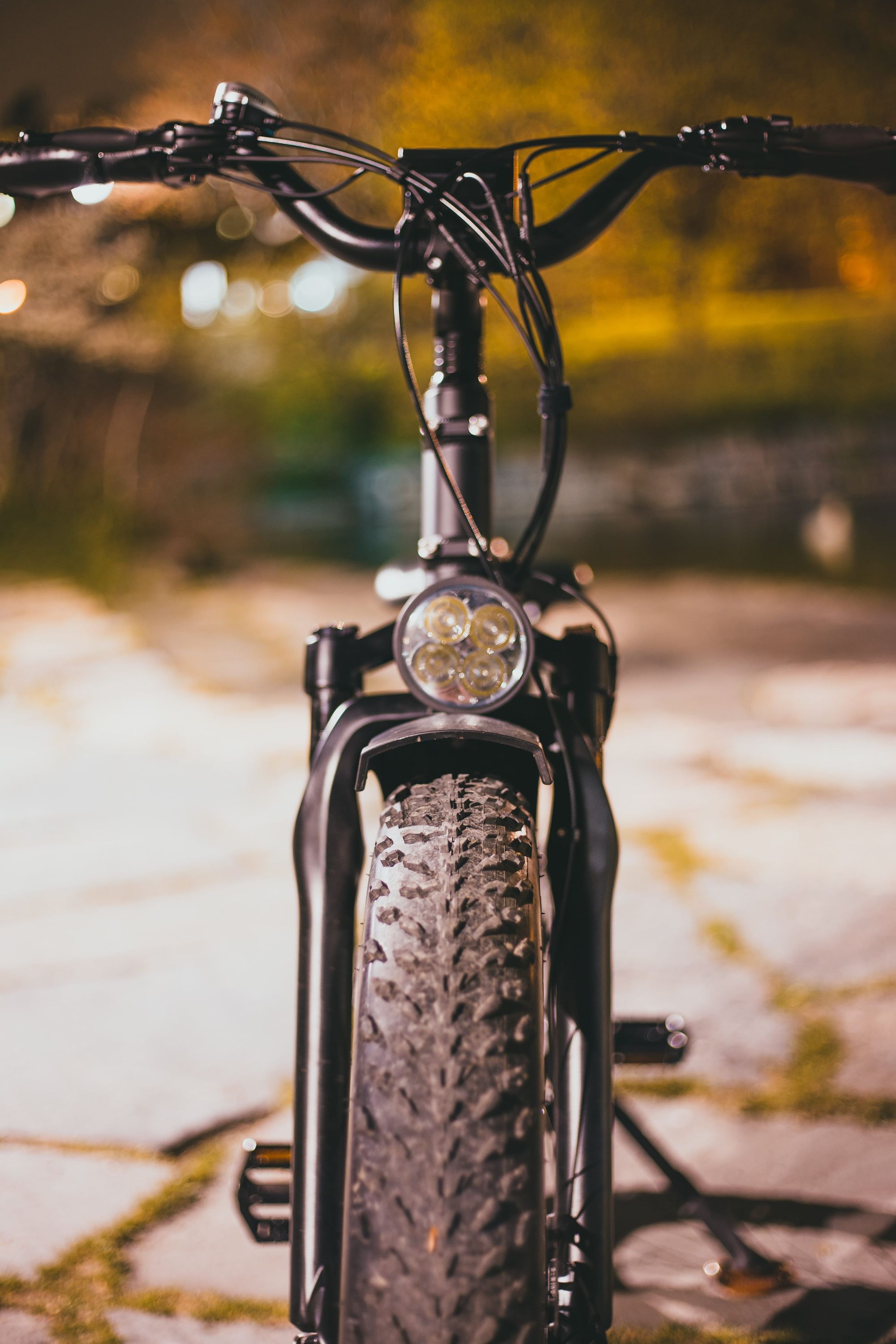E-bikes are swiftly redefining urban mobility and outdoor adventure. The environmental benefits of electric bikes are a big reason why their rise in popularity across Europe is undeniable.
With electric road bikes making city commutes more efficient and electric mountain bikes adding an extra thrill to outdoor explorations, e-bikes cater to a diverse range of cyclists.
In this guide, we uncover the core of these innovative machines - the e-bike motors, and how they bring power and agility to your ride.
What is an e-bike?
An electric bike looks like a regular cycle for all intents and purposes but with one key difference: the motor. It's powered by a motor, battery and sometimes a throttle, making it an alternative – and cheaper – option to driving a car.
A standard electric bike uses something called pedal-assist, which sees you pumping the pedals to spring the motor into life and help push you forward faster than a regular cycle (around 15-20 mph).
Why they work
Remember those key components – the motor and the battery – that make up an e-bike? They are the crux of what an electric cycle entails, with each part playing a pivotal role in providing you with an e-bike cycling experience.
How does an E-bike motor work?
Ever wondered why electric bikes are so heavy? E-bike motors are the reasons why. They are the powerhouse driving electric bicycles. They come in two primary forms: Hub motors and mid-drive motors.
Each type offers unique benefits and influences the bike's speed, stability, and overall performance. Understanding these motor types can help you select the right e-bike to suit your riding style and requirements.
Hub motors
Hub motors are popular for many e-bike models due to their straightforward design and ease of use. These motors, integrated directly into the front or rear wheel, offer a unique riding experience and can significantly influence the bike's performance characteristics.
They provide a solution for those seeking a more cost-effective and maintenance-friendly option. Also, hub motors are known for their versatility, making them suitable for various e-bike designs, from sleek city commuters to robust cargo bikes.
They are divided into two main types:
Front hub motors:
Front hub motors, positioned at the front wheel of the e-bike, are designed to provide a seamless and balanced riding experience. Some of their main features are:
- They provide a balanced distribution of weight across the bike.
- They are typically equipped with torque sensors for responsive power adjustment.
- They are ideal for flat terrain and urban commuting.
- They may impact steering slightly due to additional weight on the front wheel.
Rear hub motors:
The rear hub motors in the rear wheel are engineered for optimal power delivery and traction. They are famous for those seeking a more dynamic and responsive cycling experience, especially on varying terrains. Consider the points below:
- They offer enhanced traction, especially during climbs and on slippery surfaces.
- They are more efficient in transferring power to the road.
- They are often preferred for sportier e-bikes and electric mountain bikes.
- They can affect the bike's balance due to the weight on the rear wheel.
Mid-drive motors
Mid-drive motors are renowned for their efficient power usage. They are commonly found on higher-end e-bike models, offering a blend of performance and versatility.
Their unique positioning and mechanism make them ideal for various cycling activities, from leisurely rides to more intense mountain biking. The central placement of these motors also contributes to a more balanced weight distribution, enhancing the overall cycling experience.
Central placement:
The central placement of mid-drive motors, nestled at the core of the e-bike, revolutionises the riding dynamics. This strategic positioning enhances the bike's balance and handling and mimics the natural feel of a traditional, non-electric bike.
- Results in superior bike balance and handling.
- Reduces strain on the bike's wheels and tires.
- Offers a natural riding feel similar to non-electric bikes.
Efficient power usage:
Mid-drive motors efficiently use power, making them a top choice for cyclists who tackle diverse terrains. This efficient power usage translates to smoother gear shifts and enhanced battery life, elevating the riding experience.
- Allows for smoother and more intuitive gear shifts.
- Maximises efficiency on hilly terrains and challenging trails.
- Provides consistent power delivery for a more controlled riding experience.
- Typically, it results in a longer battery life due to more efficient power use.
How do e-bike batteries work?
At the heart of every electric bike is its battery, transforming it from a standard bicycle to an electric powerhouse. The battery fuels the motor and determines the bike's overall performance and range.
Learning how to change an e-bike battery is also essential to owning an e-bike. We recommend you acclimate to your e-bike's model, build, and brand.
Power and regulation
In the UK, most e-bikes have batteries delivering around 250 watts of power. Any power output above this threshold brings the e-bike into the realm of motor vehicles, necessitating registration with the DVLA and appropriate insurance. Keeping within the 250-watt limit ensures compliance with local e-bike laws and regulations.
Types of e-bike batteries
High-end e-bikes often come equipped with lithium-ion batteries, prized for their lightweight nature and ability to enhance the smoothness of the ride. These batteries range considerably, powering your bike for 10 to 40 miles on a single charge. Their quick charging time of three to six hours adds to their convenience.
Nickel-Cadmium Batteries
Nickel-cadmium batteries provide a viable, more budget-friendly alternative. While heavier and less efficient than lithium-ions, they offer a lower-cost solution for those prioritising affordability over performance.
Pedal-Assist vs Electric Power Only
E-bikes with pedal-assist systems activate the battery as you start pedalling, offering a blend of manual and electric power. This feature allows riders to control the power level, balancing pedal power and motor assistance for a more engaging ride.
In contrast, electric-only bikes operate solely on throttle-based power, requiring no pedalling. While convenient, these drain the battery faster and may exceed the 250-watt power limit, necessitating registration and insurance.
What about the e-bike’s body?
The construction of an e-bike's body is pivotal for aesthetics and overall performance and durability. Aluminium alloy, renowned for its lightweight yet sturdy nature, is commonly used in many types of e-bikes - including high-end e-bikes.
This material choice is crucial for e-bikes, especially when considering powerful motors and precise motor control. A lighter frame enhances speed and agility, making it ideal for quick urban commutes and elegant navigation.
Durability for cargo and converted e-bikes
The frame's durability becomes even more essential for cargo bikes and e-bikes converted from non-electric models.
These bikes often bear additional weight and require robust frames that can handle increased stress without compromising the efficiency provided by the motor. Stronger materials ensure the bike can sustain the torque generated by electric motors, maintaining stability and control.
Drivetrain and gear shifting
The drivetrain, comprising pedals, cranks, chains, chainrings, and cogs, is another crucial aspect. The drivetrain is powered directly in e-bikes with mid-drive motors, offering smoother gear shifts and a more natural pedalling feel.
This direct power transfer is vital for efficient performance, allowing riders to maximise the benefits of pedal power and electric assistance.
What are the 2 main types of e-bike brakes?
Brakes in e-bikes are a vital component, especially considering the high torque electric motors provide. Whether brushless or geared, these motors deliver significant power - necessitating robust and reliable braking systems for safety and control. The 2 main types of e-bike breaks are:
Hydraulic disc brakes
Most e-bikes are equipped with hydraulic disc brakes, known for superior stopping power in various weather conditions. These brakes provide a responsive and safer riding experience, particularly crucial when navigating through wind, rain, or snow.
Rim brakes
Rim brakes offer a low-maintenance alternative with decent stopping power. However, they may not match the effectiveness of hydraulic systems in demanding situations. The choice of brake system is integral to managing the enhanced power and speed capabilities of e-bikes, ensuring a safe and controlled ride.
What else should I know about how e-bikes work?
An e-bike that just works
Embracing an e-bike means more than upgrading your ride - it's about stepping into a future where technology and sustainability go hand-in-hand.
As you join the ranks of e-bike enthusiasts, you enjoy a smoother, more efficient ride and contribute to a greener, cleaner world.
Whether for leisure, fitness, or daily commuting, e-bikes offer a versatile and eco-friendly solution that aligns with the evolving needs of modern cyclists.
So, take the leap, choose your e-bike, and pedal forward into a new era of cycling where innovation meets tradition, and every journey is an adventure.
E-BIKE INSURANCE BY LAKA
Get covered for theft, accidental damage, full battery cover, loss and more. Try our 5-star rated e-bike insurance . It's e-bike insurance, and then some.






